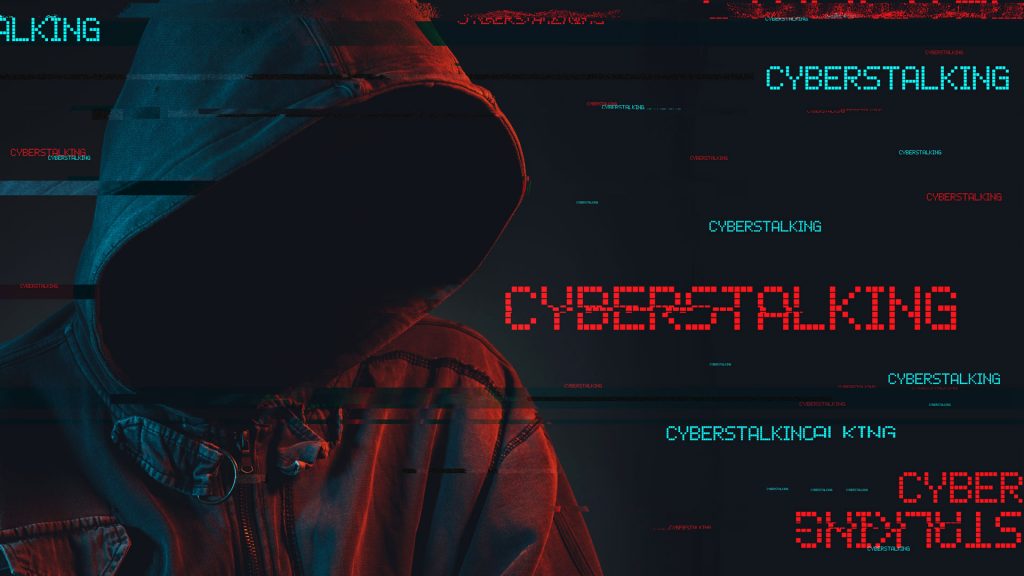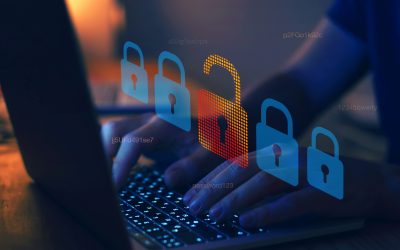Cyberstalking and What to Do About It
Ways you can prevent Cyberstalking
- Be careful what personal information you share online including in email. Also on social networking sites like Facebook and Twitter and chat rooms. Its easy to get information about where you live, places you go and people you care about from posts. What other ways you can prevent Cyberstalking:
Create a different email account for registering in social networking sites and other online spaces.
- Doing this will help avoid spam. Your personal email won´t be revealed if the online service doesn’t have a good privacy practice.
- Do not feel obligated to fill out all fields when registering online. You also don’t have to provide identifying information such as birthdates and place in required fields.
- In your online user profile, use a photo that doesn’t identify you or your location, so you can’t be recognized.
- Consider using a name that is not your real name or a nickname as your email name, screen name or user ID. And try not to use common dates such as your birthday as the digits in your email name or password. Instead, pick a name that is gender- and age-neutral. Treat your email and/or internet account like you would your credit card, ID or passport number – very carefully.
- If you are breaking up with an intimate partner – especially if they are abusive, troubled, angry or difficult – reset every single password on all your accounts, from email and social networking accounts to bank accounts, to something they cannot guess.
- Services such as Facebook change their privacy policy all the time, so it is a good idea to check your privacy settings to make sure you are sharing the information you want to share with people you trust and not the general internet public. Some sites have options for you to test how your profile is being viewed by others – test and make sure you only reveal what is necessary.
What information are family and friends posting about you?
- Let them know your concerns about privacy and help them learn better privacy settings.
- Do an internet search of your name regularly and monitor where you appear online. If you find unauthorized info about yourself online, contact the website moderator to request its removal.
- Make sure that your internet service provider (ISP), cell phone service, instant messenger (called internet relay chat, or IRC in some terms of service) network and other services you use has an acceptable privacy policy that prohibits cyberstalking. If they have none, suggest they create one and/or switch to a provider that is more responsive to user privacy concerns and complaints.
What to do if you’re being stalked
- Trust your instincts. If you feel uncomfortable or an online situation becomes hostile, remove yourself from the online space by logging off or surfing elsewhere, or block the other person´s access to you.
- If you are receiving unwanted contact, make clear to that person that you would like him or her not to contact you again. Many women who have reported being harassed do this and warn that any further contact will result in the filing of a police report. Depending on the harasser, engagement with the person can escalate or cease, so if you consider contact appropriate and necessary, do so once and document it.
Save all communications with the stalker for evidence.
- Do not edit or alter them in any way. Try using print screens, especially if the harassment is happening in real-time.
- If the harasser posts comments on your blog, keep copies but also consider unpublishing rather than deleting abusive posts.
- Keep a record of your communications with internet system administrators or law enforcement officials if you report the stalker to authorities. Record-keeping is crucial so keep everything, even though the immediate desire might be to delete the communication from the stalker and try to forget about it. Back up these communications on another computer or removable memory stick or external hard drive.
Consider blocking or filtering messages from the harasser.
- Many email programs have a filter feature. Chat room contact can also be blocked, and you can activate the ‘IP address block’ option on your blog or website if someone posts harassing comments continuously.
- If your internet searches reveal that the stalker is publishing harmful information about you in other online spaces, make a complaint to the moderators/managers of the external site. State that you view this as part of a continuing situation of online harassment towards you, and request that they either block the harasser’s IP, remove posts, or caution the harasser to cease or be blocked.
Tell your family and friends that someone is stalking you online.
- Being stalked – online or offline – is a traumatic experience and support from your family and friends is critical at this time to help you cope. Also check what they are revealing about you and their relationship with you in their online spaces, albeit inadvertently.
- Tell your employer that someone is stalking you if you think this person may harass you in the workplace. Your employer will be more likely to back you up if they receive harassing or questionable messages about you from the cyber stalker, and they may be helpful in mitigating any professional damage.
- Share “Ways you can prevent Cyberstalking” with anyone you think might be or might know someone who is being Cyber Stalked.
What to do if the harassment won’t stop
- If harassment continues after you have asked the person to stop and/or the harassment escalates, contact the harasser’s internet service provider. Most ISPs have clear policies prohibiting the use of their services to abuse another person. Often, an ISP can try to stop the conduct by direct contact with the stalker or by closing their account. If you receive abusive emails, identify the domain (after the “@” sign) and contact that ISP. Most ISPs have an email address such as abuse@domain name> or postmaster@domain name> that can be used for complaints. If the ISP has a website, visit it for information on how to file a complaint. Follow up with the ISP and make sure action is being taken and keep all communications with the ISP.
- Check with your own ISP to assist in blocking a stalker’s access to you and consider changing services if they are insensitive to your requests or have no policies.
- Check out which agencies are available in your country and community. Ones that can investigate and take action in online harassment cases. Contact the police or other relevant agency and inform them of the situation. Use as much detail as possible, providing copies of your documentation of the harassment.
Remember to keep all communications with police as a record of evidence as well.
Depending on your country, harassment and stalking may not be typified as a crime. Local police may not be aware of recent applications of harassment law to cyberstalking. If you are not finding local recourse, consider appealing to national cyber-police mechanisms and/or women’s safety advocates. If you are having trouble contacting the right body, write to Support@netxonline.net. We’ll see if we can point you in the right direction.
Want more Info?
Additional Online Resources:
- https://www.safehorizon.org/get-help/stalking/#overview/
- https://www.rd.com/advice/red-flags-of-cellphone-spying/
- https://www.apc.org/en/pubs/issue/how-avoid-becoming-cyberstalking-victim
- https://www.tripwire.com/state-of-security/security-awareness/what-cyberstalking-prevent/
- https://us.norton.com/internetsecurity-how-to-how-to-protect-yourself-from-cyberstalkers.html
- http://archive.boston.com/ae/books/gallery/cyber_safety/
- https://pvteyes.com/6-ways-avoid-cyberstalking-victim/
- https://www.siue.edu/police/safety/tips-stalking.shtml
- https://www.getsafeonline.org/protecting-yourself/cyberstalking/
Was “Ways you can prevent Cyberstalking” Helpful? Any Tips or Tricks you would like to ad?



